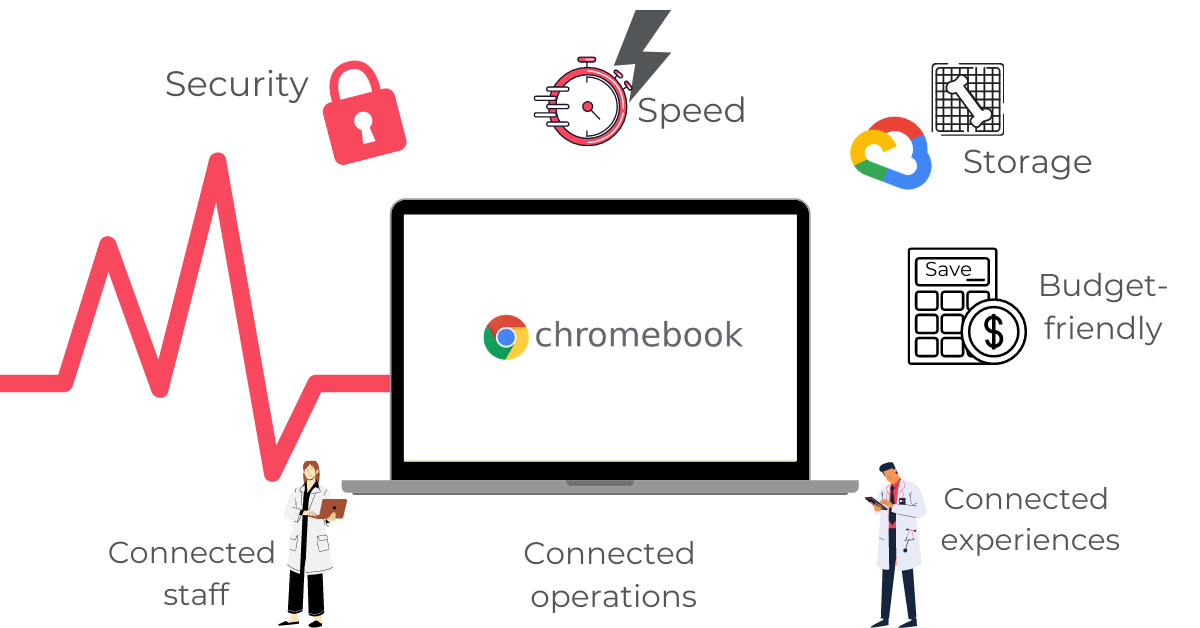Chromebooks are increasing speed, enhancing security and improving efficiency for workers in the ever-changing, notoriously fast-paced and high pressure healthcare industry. Excessive time spent at fixed workstations and lengthy boot times of traditional digital devices can waste caregivers precious time and energy. Chromebooks are helping to resolve such problems faced by healthcare workers by offering greater flexibility and mobility.

Discover how Chromebooks can help caregivers and IT admins to provide the best care possible to patients.
Chromebooks vs Windows & MacBook Laptops
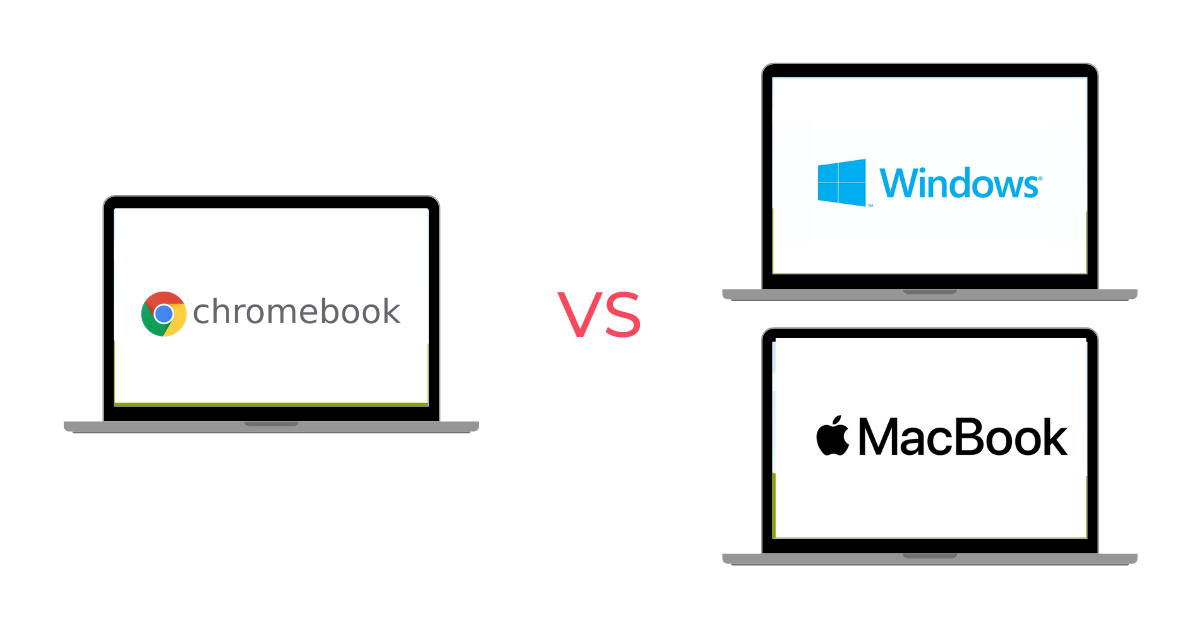 At first glance, Chromebooks and traditional laptops appear similar. Upon further inspection, the differences become increasingly evident. Let’s take a closer look at the differences between both.
At first glance, Chromebooks and traditional laptops appear similar. Upon further inspection, the differences become increasingly evident. Let’s take a closer look at the differences between both.
Chromebooks are rapidly conquering traditional Microsoft Windows and Apple Mac laptops in healthcare. They offer future-proof and secure entry to cloud-based work processes, helping to digitally transform healthcare workplaces and help them to prioritise and optimise patient care.
What is a Chromebook?
A Chromebook is a laptop or tablet using the Google Chrome OS operating system. No need for updates or software, with a Chromebook you can just charge it up, open the lid and start using it right away. Additionally, Chromebook users can also install Android applications from the Google Play Store.
Let’s take a look at the main features of this device:
- Chromebooks are cloud-powered, meaning most of its apps run from the cloud rather than an internal hard drive (as is the case with most traditional laptops).
- Chromebooks require less processing power and memory than a traditional laptop device. Due to the minimal hardware requirements of ChromeOS, Chromebooks are typically lighter and smaller than the average laptop.
- These devices are more budget-friendly than traditional laptops because Chromebook users are less dependent on their laptop specifications for speed and performance.
- Chromebooks are automatically protected against viruses.
- Chromebooks need to be charged less often and can last an entire working day.
Microsoft Windows and Apple MacBook laptops:
- Run on Microsoft Windows and macOS operating systems respectively.
- Require an antivirus programme or virus scanner to protect against viruses, malware, and spyware.
- These devices are also less energy-efficient than Chromebooks because they contain more powerful hardware.
- They can be used online and offline, but users always need access to the internet to effectively work in the cloud on a Chromebook.
As you can see, Chromebooks have different features than these other laptops. So, why are Chromebooks becoming the top choice for healthcare organisations? Keep reading to find out more!
Why Chromebooks are conquering the healthcare industry
“Chromebooks have the potential to add 156 extra hours of productivity per healthcare employee per year”.
– Google Chrome Enterprise Devices Boost Employee Experience and Productivity in the Healthcare Industry, A Forrester Total Economic Impact TM Study, December 2018.
And that’s just the tip of the iceberg!
Here are 7 reasons healthcare organisations are choosing Chromebooks over laptops for their healthcare staff:
1. Increased speed
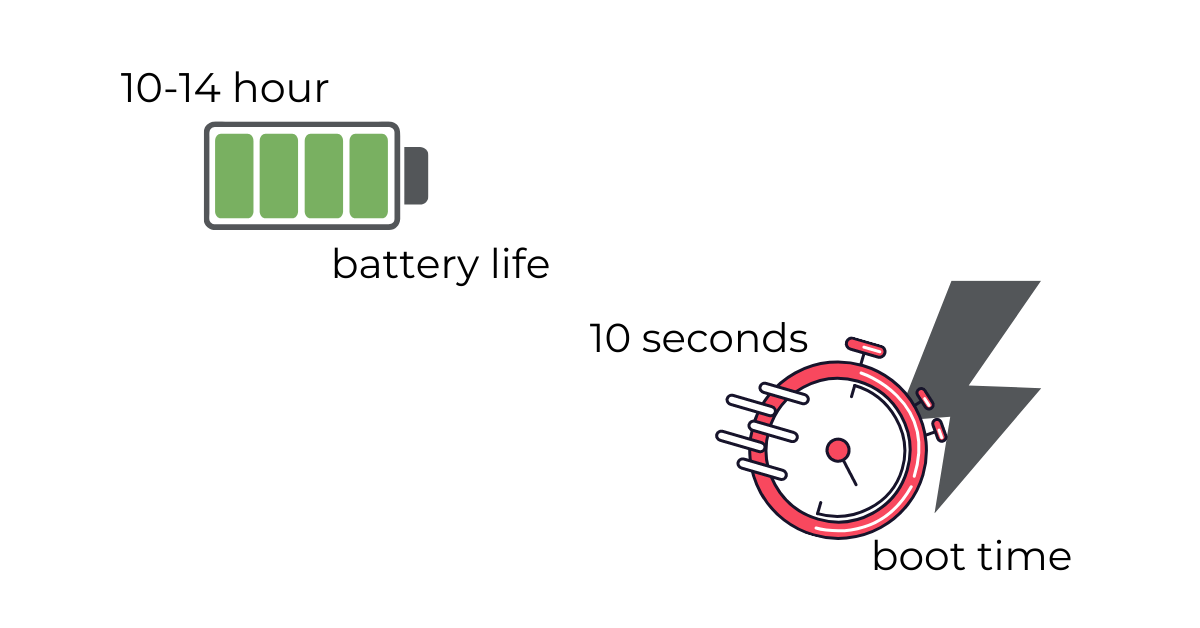
Chromebooks take less than 10 seconds to boot, whereas traditional Windows notebooks may take up to 5 minutes to boot, along with multiple logins before healthcare workers can gain access.
Chromebook battery life lasts between 10 and 14 hours (depending on the particular device) with just one charge. This means that healthcare workers don’t have to waste valuable time charging their devices and can get straight to work.
Urgent to check a medical file?
For example, a caregiver can gain immediate access to a patient’s medical history with a Chromebook device that will boot in under 10 seconds. Quite handy when you need to check out his medical history when it’s an emergency, right?
Windows laptops, in comparison, can last 5 to 10 hours, depending on the device.
2. Enhanced security
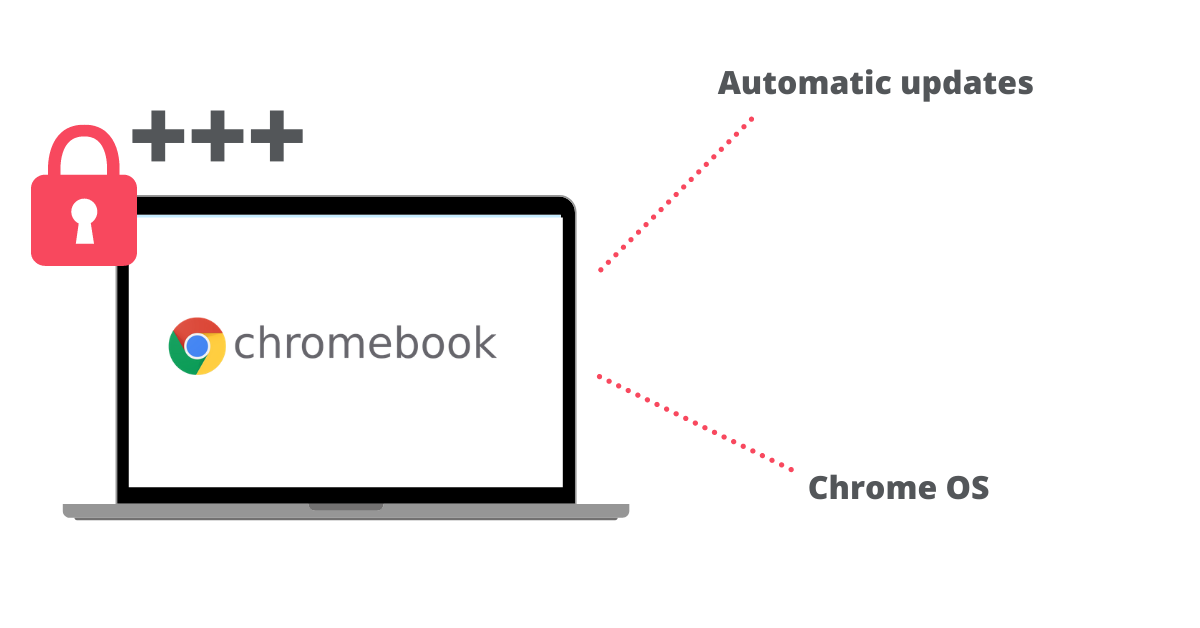
Confidential and personal healthcare data needs to be kept secure at all times. Built-in, end-to-end security is at the heart of Chromebooks from the moment they are booted up to the moment they are shut down.
Chrome OS
Chromebooks contain a minimalistic web-browser based technology called Chrome OS and the latest version is always running in the background. This technology ensures peace of mind for patients and healthcare workers by provides integrated protection against data breaches, cyber attacks, malware, ransomware, viruses, spam and hackers.
On a Windows laptop, the user will need antivirus protection against viruses, malware and spyware. It is also recommended to install antivirus programmes on Mac devices. Apple’s pre-installed security package does not always protect users against increasing security threats.
3. Entry to the cloud
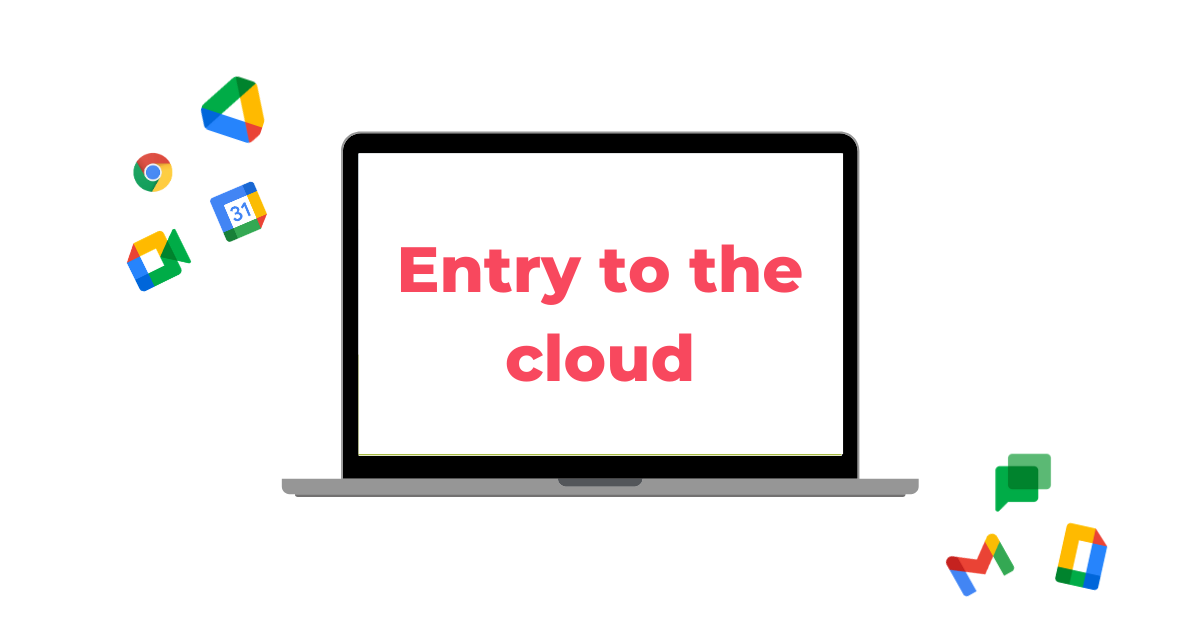
The cloud gives users access to their files at any time, in any place. It also enables automatic backups and an initial 100GB free storage space. Cloud technology means healthcare data is available to staff 24/7, no matter where they are.
Chrome Enterprise can help improve patient care by connecting healthcare staff to data-driven systems in the cloud. This gives healthcare staff on demand access to medical files and administrative systems.
Because all files do not need to be stored locally, Chromebooks provide IT cost efficiencies and offer quality and data security.
On Windows and Mac devices, files are stored in a hard drive, SSD or in the cloud. Such internal drives can make these devices very bulky and heavy for healthcare. In addition, files can be stored in Google Drive or an alternative storage application, for example, OneDrive or DropBox.
4. Budget-friendly
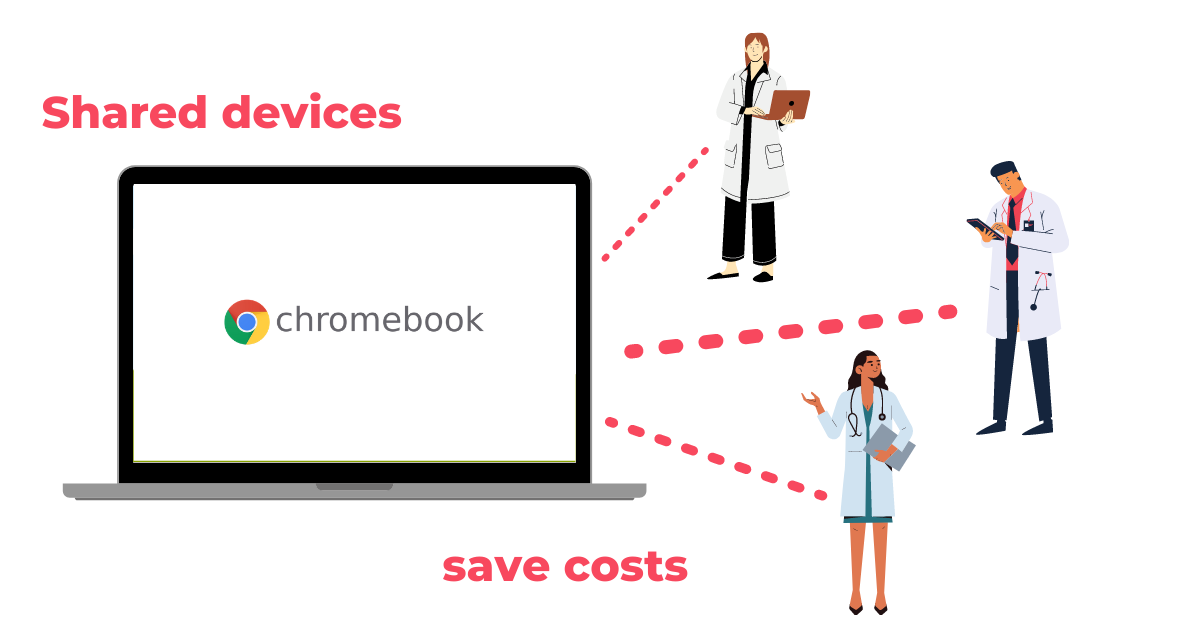
Healthcare organisations are sometimes under resourced and often do not have large budgets available to digitally transform their workplaces. Since all data on Chromebooks is stored in the cloud, devices can be shared securely amongst multiple employees via individual cloud profiles.
Deploying shared Chromebook devices is more cost efficient than buying individual laptops for every employee within healthcare organisations. For example, employees can give their devices to their colleagues after a shift.
5. Connecting staff
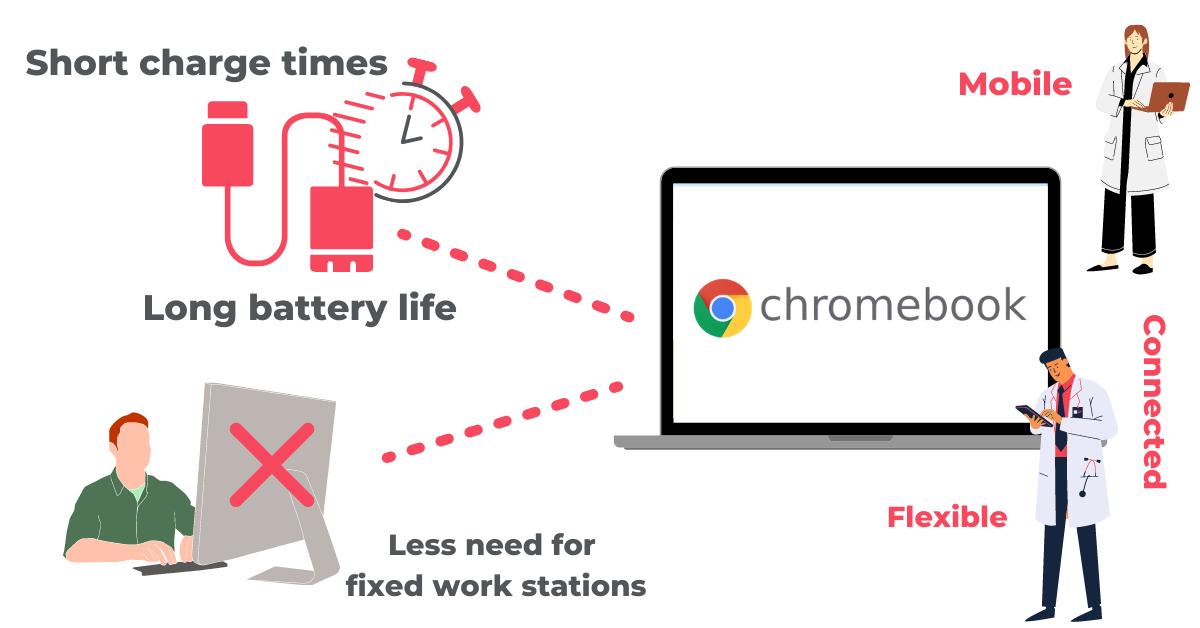
Chromebooks offer healthcare staff increased mobility because they are no longer tied down to fixed workstations or waiting for long periods of time for their devices to charge or boot up, as with traditional laptops.
Staff are empowered with the mobility and flexibility they need to provide the best patient care possible. Data is centralised in the cloud, meaning staff always have access to all the information they need to do their jobs to the best of their abilities.
Need to run to another department?
Just take your Chromebook with you. You will still find all the information you need on your Chrome device. You can even check your information on-the-go, for example, in the lift of the hospital.
6. Connecting operations
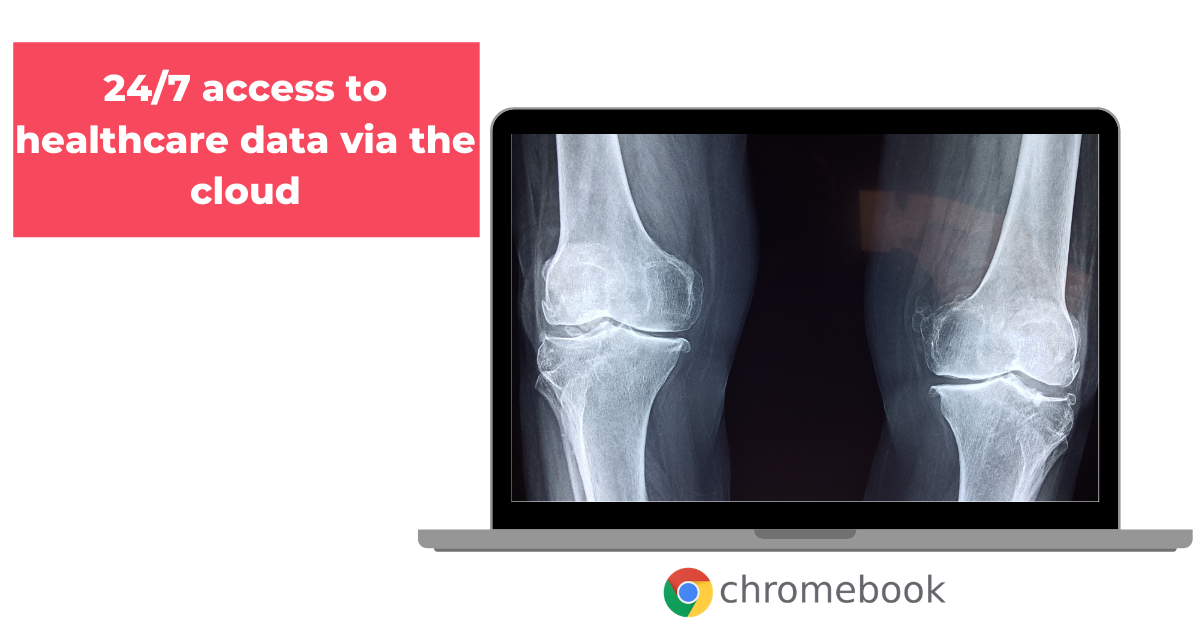
Shared Chrome devices and cloud-based resources can improve operational efficiency and make staff training, onboarding, operations and administration more accessible for healthcare professionals. For example, healthcare organisations can:
- Host training and instructional videos on the popular video-sharing platform YouTube or on a Shared Drive or even in a Google Sites.
- Keep digital copies of X-rays and CT scans securely in the cloud, which can be retrieved at any time.
7. Connected experiences
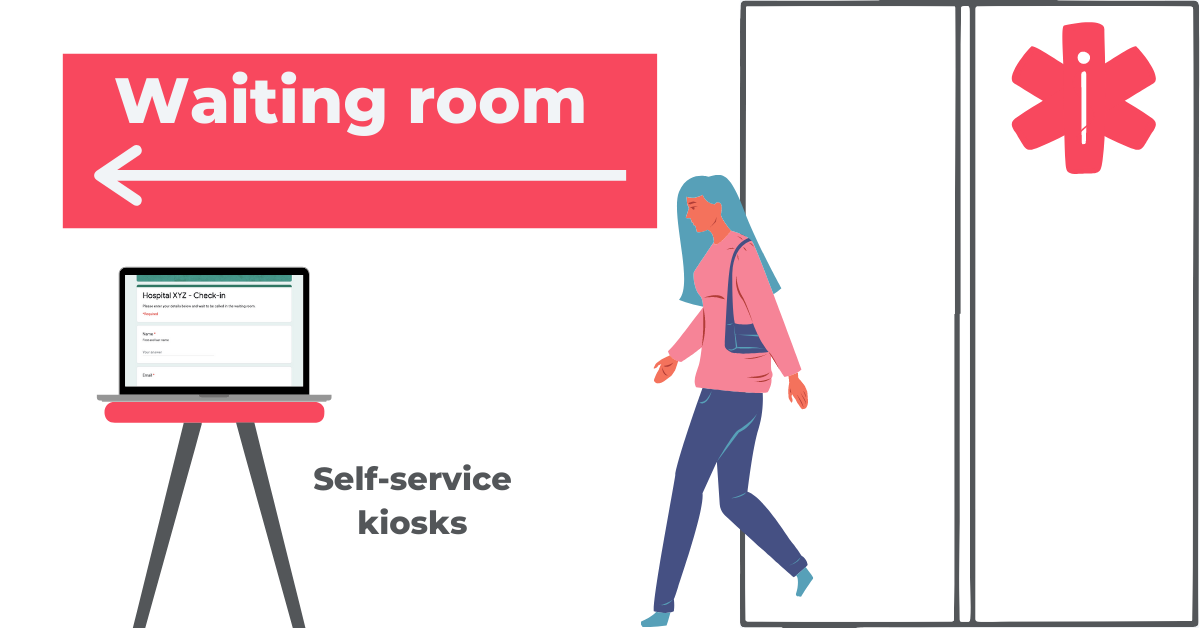
Chromebooks provide connected experiences powered by Chrome, allowing healthcare staff and patients to be more in control and up-to-date. In a healthcare context:
Self-service kiosks
Can be used for patient check-in and feedback, saving valuable time for healthcare staff.
Public kiosks
Increase the security of your healthcare data as local user data will be removed after each session.
Digital signage
Improve the ebb and flow on hospital floors, in doctor’s offices, etc, ensuring patients know where they are going and decreasing unnecessary traffic jams.
Touch screens
Chromebooks have touch screens making them easy to use for digital users of all abilities.
Conclusion
The healthcare industry is constantly evolving, but so too is technology. Chromebooks are trumping laptops in many areas that are important to healthcare workers, particularly in terms of speed, security and efficiency. They can transform the way healthcare workers work, giving them the digital tools they need to carry out the best patient care possible.
Chromebooks also offer countless advantages to not only healthcare professionals but patients too, making their healthcare experiences as seamless as possible.
